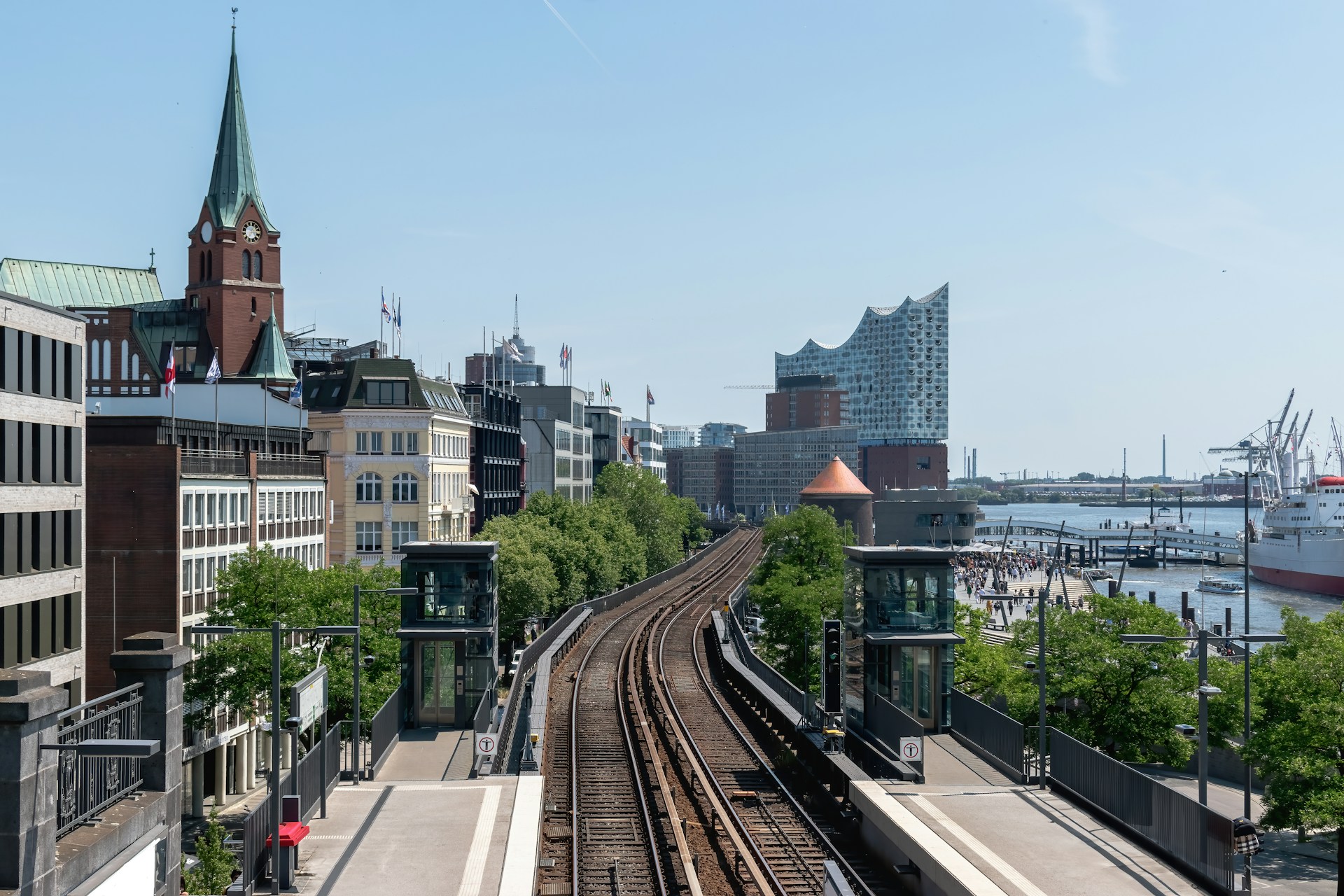The UK government has announced that planning applications for housing developments located near railway stations will now receive a default “yes” provided they meet certain criteria. This measure is part of an effort to address a shortfall in new home building and to achieve the target of 1.5 million homes by the 2029 general election.
Under the proposed rules, local councils in England planning to reject developments of 150 homes or more must notify the housing minister, who will then have final approval authority. The policy also extends to land designated as Green Belt near transport hubs – challenging the traditional protection afforded to these zones.
The underlying objective is to unlock housing supply in well-connected locations where commuting times can be minimised and economic opportunities enhanced. According to the government, encouraging higher-density development around stations will support growth, jobs and access to services. From a finance-industry viewpoint, this shift could stimulate investment in infrastructure and residential development, with developers and institutional investors likely to seek sites that fall within the new rules-based framework. The reduction of red tape may raise the risk-adjusted appeal of schemes in strategically located transport corridors.
However, the reform presents trade-offs. Critics caution that accelerating approvals may undermine local input and environmental safeguards, especially regarding Green Belt land and community infrastructure. The success of the measure will depend on whether the ministerial call-in stakes are exercised judiciously and whether local services can keep pace with increased density.


